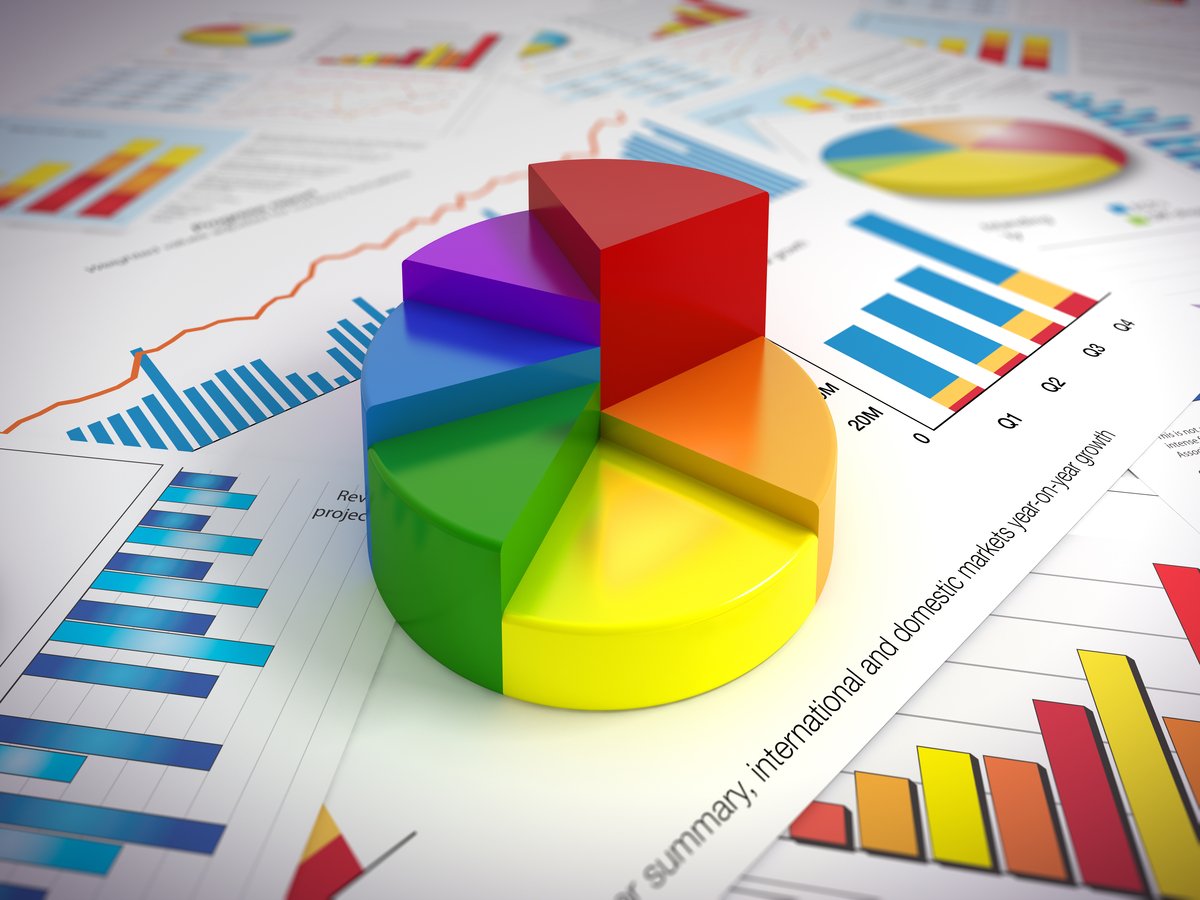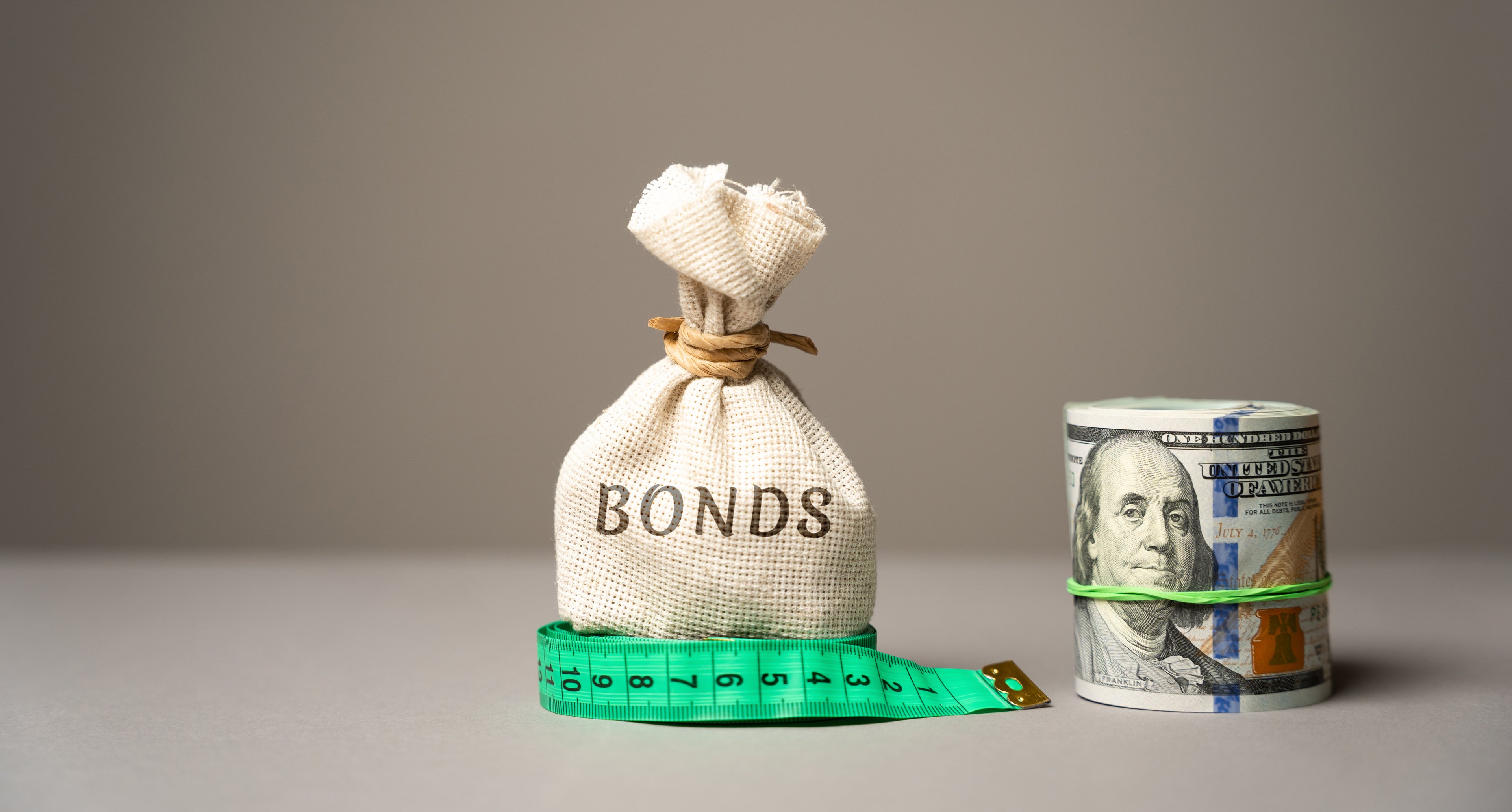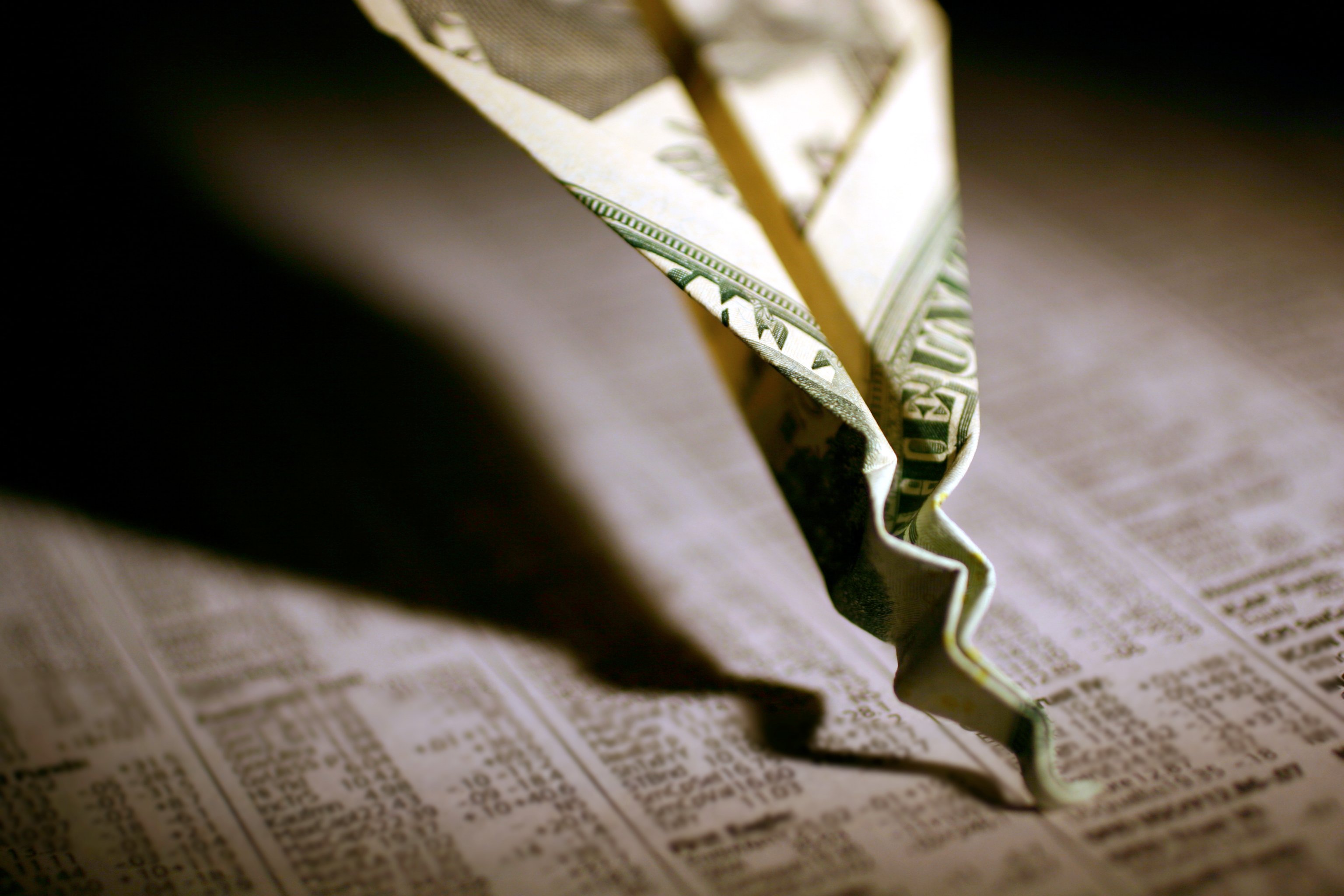On May 12, medical device maker DexCom (DXCM 1.35%) and pie purveyor Domino's Pizza (DPZ 0.37%) joined an exclusive club comprised of some of the most famous large-cap stocks: the S&P 500 index. DexCom replaces Allergan, which has been acquired. Domino's slides in for fashion stock Capri Holdings (CPRI 0.19%), since, according to index manager S&P Dow Jones Indices, Capri Holdings "is more representative of the small-cap market space."
The S&P 500 is the benchmark stock index, and supposedly confers a S&P 500 "phenomenon" or "effect" on the stocks that it comprises: Once a stock becomes a component of the famous index, its price tends to temporarily rise higher due to the added renown. The stock also gets a lift from being a juicier target for the many index funds that put money in those 500 stocks.
Is this significant, even for long-term, buy-and-hold, fundamental investors? And is it enough of a reason to buy new additions like DexCom and Domino's?

Image source: Getty Images.
S&P spike?
In two words: probably not.
There have been many studies on the subject over the years. While it's hard to get a general consensus, more than a few seem to reach broadly the same conclusion as the Federal Reserve Bank of New York did in an exhaustive report in 2011:
"[O]ur results indicate that -- after accounting for the firms' extraordinary preinclusion performance -- index inclusion has no permanent effect on value and comovement."
This stands to reason. Remember, the S&P 500 is a large-cap index; as such, its key requirement is that a stock's market capitalization be at least $8.2 billion. It's nearly impossible for a company to swell to that size without having long, deep and (more or less) sustained success in its endeavors.
By the time companies like that hit the index, they are already well-known, at least to some degree. Most of us are at least familiar with Domino's, probably the one nationwide brand we identify when we hear the words "pizza delivery." DexCom is less famous, but that's because it's in a niche that generally isn't on the public's radar; in its industry, it has plenty of recognition, and not a little renown.
So at the end of the day, graduation to the S&P 500 is more a confirmation of size and success than a sudden blast of recognition. A feather in a cap, as it were. Yes, there might be a bit of a bump when the announcement is initially made; ditto with some rise in index-fund buying (though even the latter isn't a given, because new S&P 500 stocks typically graduate from other, albeit less prestigious, indexes).
For the most part, though, we can assume that what made the stock famous or admired or acknowledged has already been baked into the price for the most part. As such, we shouldn't expect a S&P spike.
Let's do a quick and cheap piece of research on our own, shall we? Fintech company Paycom Software won a place on the S&P 500 near the beginning of this year. Let's match its performance from the date of its S&P debut with the movements of four famous and/or admired large-cap stocks that aren't on the hallowed S&P 500 index:
First of all, notice how Paycom Software didn't see all that much of an initial bump. It tracked right along with Blackstone Group and others. Second, it subsequently sank to the level of worst performer, although not by much. It's well in negative territory compared to the slight dip of Lululemon Athletica, and far underwater when matched against the rising trajectories of Tesla and Netflix. There's no S&P spike here.
The importance of research and fundamentals
The moral of this story is that, while S&P 500 inclusion can grab the attention of a casual investor, it's probably not reason enough to put money into a stock. Rather, we should consider whether a recognized large-cap stock is right for our investment needs in the first place. If so -- if a Domino's or a DexCom sounds like a business with growth in its future -- we should dig in with some research.
One nice thing about the higher visibility on the S&P 500 is that a stock on it will attract plenty of analysis and financial media coverage. The Motley Fool keeps an eye on both Domino's and DexCom (those links are to our dedicated pages on the two stocks). I'm obviously biased; nevertheless, the opinions of our numerous contributors over the years on the pair is a fine place to start.
From there, if a stock is still appealing and ripe for investment consideration, take a look at what bank analysts and other pundits are saying about the stock. Read its SEC filings and pore over the numbers; get a sense of its strategy and whether it could realistically grow the company's business. Look at the valuations to determine how it's priced relative to its potential growth.
None of this is as simple as just plonking money on a stock once it's announced as a new S&P 500 component. But it provides us with a much better sense of whether it's an investment suited for our needs -- and, most likely, makes us more successful investors in the end.













